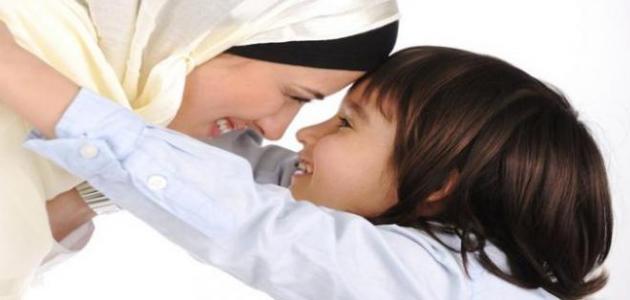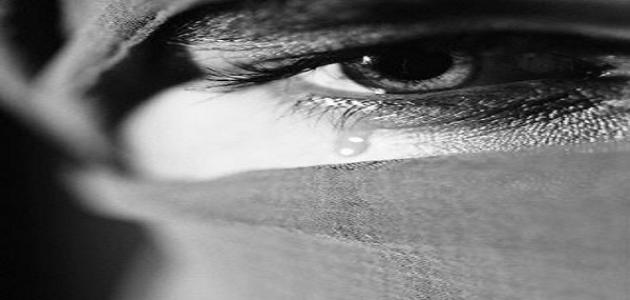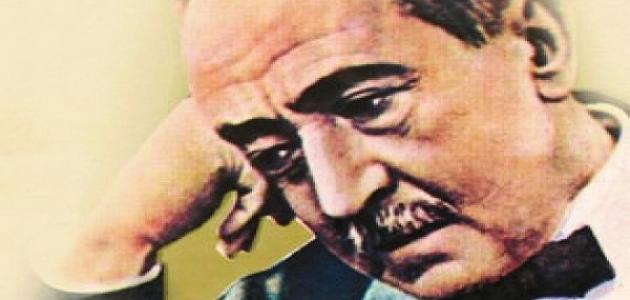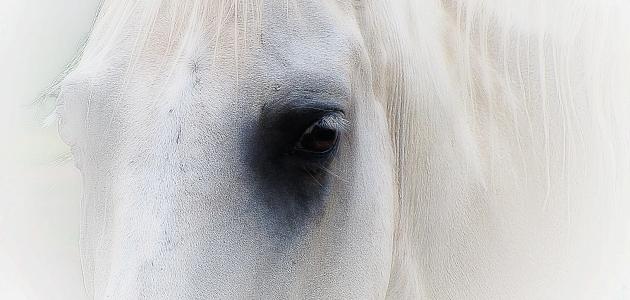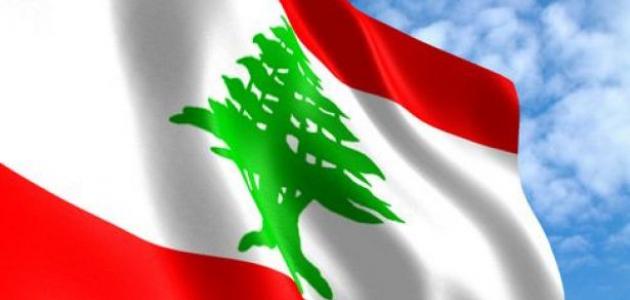The writer of the novel
Laila Abu Zeid, the author of this novel, was born in 1950 AD in Rabat. She studied English, then immigrated to the United States of America and worked in translation and authorship. Among the literary works were (The Year of the Elephant), (The Last Chapter), and (Return to Childhood).
in the sea of the novel
Subject
The novel Return to Childhood is an attempt to unearth memory and extract its contents, go back and sense the feelings that the writer was feeling at the time, and the impact of the situations she went through on her psyche. The period, and the struggle she made in order to obtain her right to education, she also tells about the suffering of her family, in addition to shedding light on what the mother lived to preserve her children during the colonial period, and her struggle between preserving her family and adhering to the customs and traditions of her husband's family.
Title and cover
This novel, which includes 151 pages, bears a title in which the beginner is omitted, indicating the writer’s desire to delete this dark phase from her memory, in addition to what the word “return” carries - and not return - as an indication of movement and movement, and the change of time by returning to the past and then returning again to the loaded future. With memories, while the black and white colors of the cover image indicate the historical dimension that this novel presents, in addition to what the black color symbolizes in terms of darkness, injustice, and fear of the unknown, which is what the writer lived in the past, and what the white color symbolizes in looking forward to the future. Full of hope and change, which is what I dreamed of, while the wall in the picture symbolizes the obstacles that stand in the way of the two young girls, one of whom has been looking behind her as if she is realizing that she has actually gotten rid of the dangers she experienced in that place; To help her walk safely, accompanied by another little girl who may have come as a symbol of her nascent dreams and visions.
Read also:Summary of the Latin Quarter novelLanguage and style
This writer portrayed the two eras that she lived through in an easy style mixed with the Moroccan dialect to bring the image closer to the mind of the recipient, so that history is not confused with the narration of facts, especially in the narration of details that depict the minutes of Moroccan life, such as the dialogues that took place between the mother and grandmother, for example, and some Moroccan songs and others. Facts, while it is noted that the author relied on the use of the group pronoun that engages with the narrative opening of this biography, so she uses the group noun a lot, so she says, for example: “The bus stopped on the road linking Fez and Marrakesh at the Kassibah sign on the edge of a side bend ascending in the Middle Atlas, and we got off and the driver’s assistant got off.” Our baggage, then the bus started quickly, and we crossed the road” and other examples that she used to express a reality that she did not experience alone, but was experienced by everyone.
Novel elements
The elements of the novel are considered a major part of it, and it is based on the following elements:
- time: French colonial period and the beginnings of independence.
- Place: Several places are mentioned in each chapter of the novel, including: Al-Qasiba, Sefrou, Salé, Al-Hamam, Al-Bayda, the military prison, Al-Ma'arif School, police stations, buses, and the train.
- Characters: Laila, Ahmed Abu Zaid, Fatima, the grandfather and grandmother, Thuraya al-Saqqat and her husband, Khanata (Laila's aunt), Hassan al-Araibi, Kaboura, Juma'a and some other minor characters.
Summary of the novel
The novel consists of four consecutive and integrated chapters, each of which presents a part of the return journey, where Laila tells in one of the chapters about her childhood, and her father’s imprisonment in Rabat on charges of leaking information of the French administration to the patriots, taking advantage of his job as a translator in the French administration, to then move on to talk about the suffering Her mother is Fatima, and she transports her between Sefrou and Rabat every week to visit her husband. To her possessions, which were finally returned to her at the request of her husband, and Laila moves in one chapter to deal with the stage of her entry into the French school, and she talks about her friends, her games, her memories in the grandmother’s house, her vows, her endless songs and stories, and she also talks about the persecution she was subjected to, which was to prevent her from Fasting at the hands of the supervisor and other situations, and Laila talks about her move to Al-Bayda, her father’s release and his rejoining of the patriots, and her mother’s assistance to him by conveying news and weapons before he was imprisoned again, and then his release after The return of Mohammed V and the independence of the country, his appointment as Pasha of the city of Beni Mellal, and his return to prison life after being arrested in one of the liberation meetings, and his wife and daughters discovering the news of his having a mistress in one of the court sessions, which prompted them to be absent from him for a few sessions, only to be surprised after the end of his reign and his exit From prison, that his daughter Laila had occupied a state position opposite in her approach to his principles, which led to the house becoming an arena for endless discussions between the two parties, while Ahmed Abu Zaid died without answering Laila’s skeptical questions, to make these real events that the author recounted from Laila a woman Strong, she was able to overcome the past by getting out of her experience and resorting to writing to unload her inner secrets.
Read also:Analysis of the poem processions



